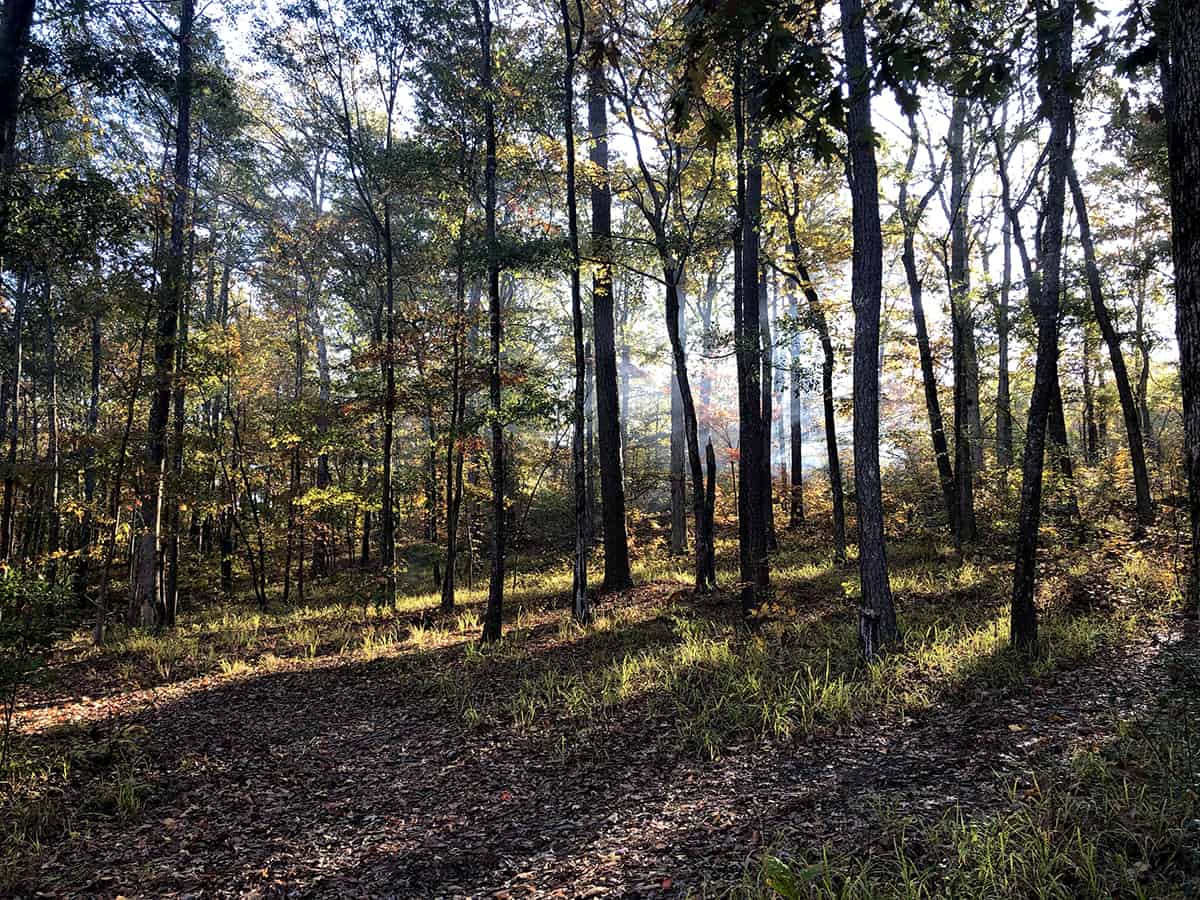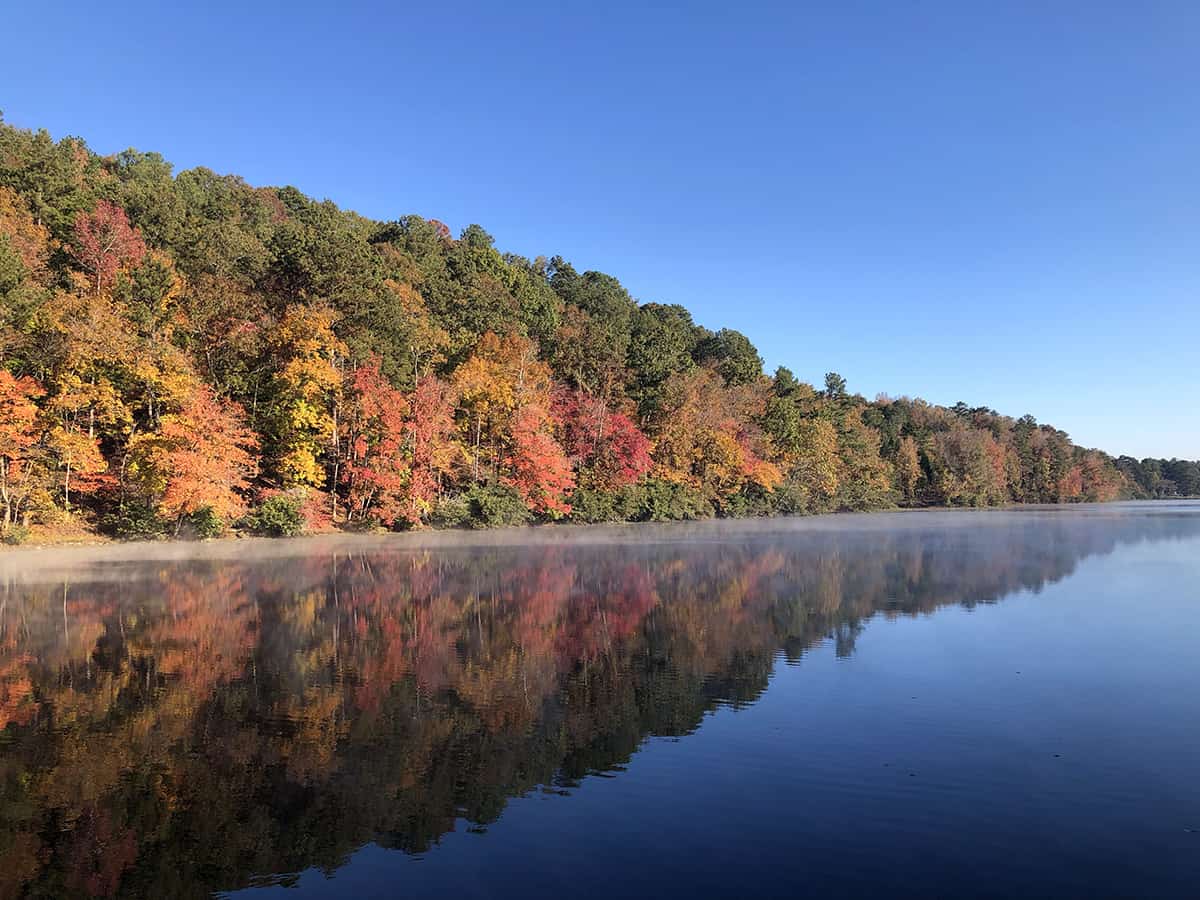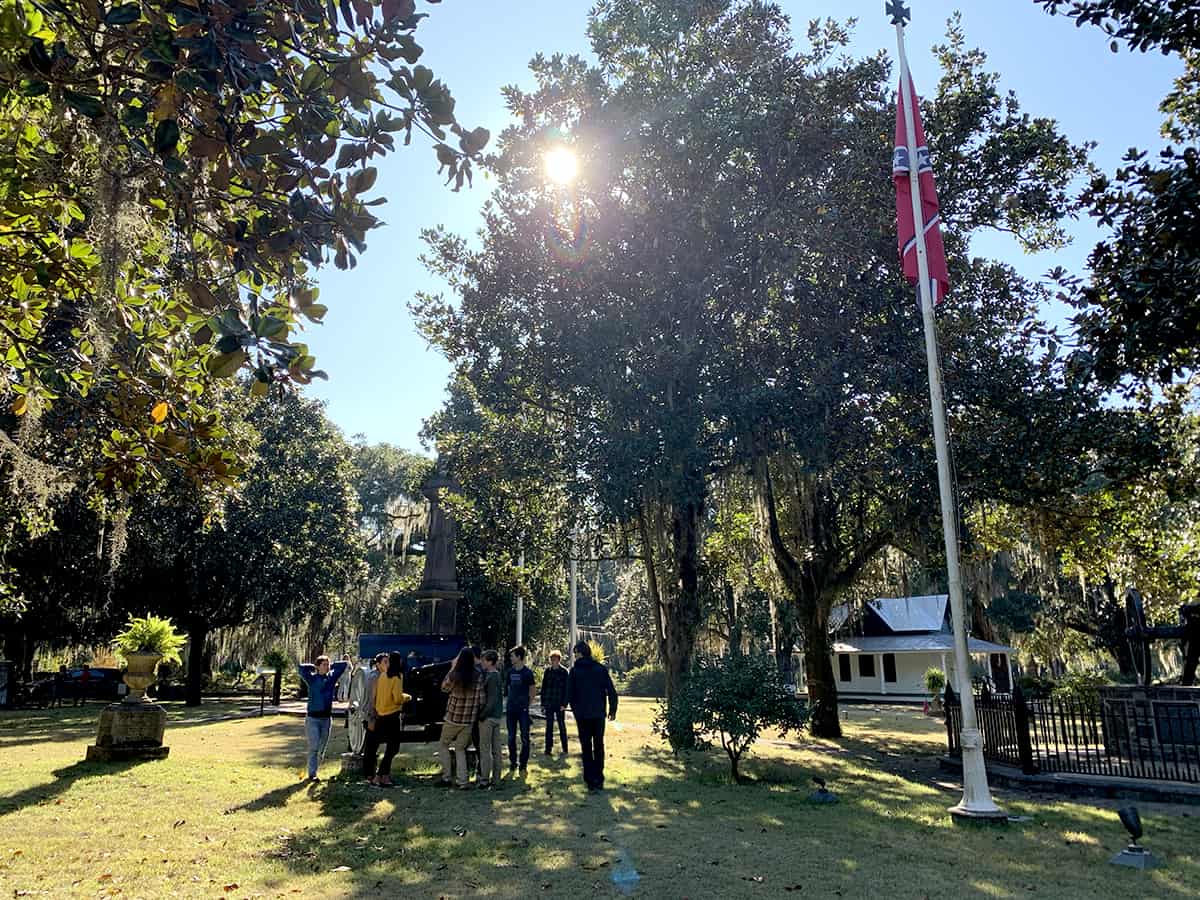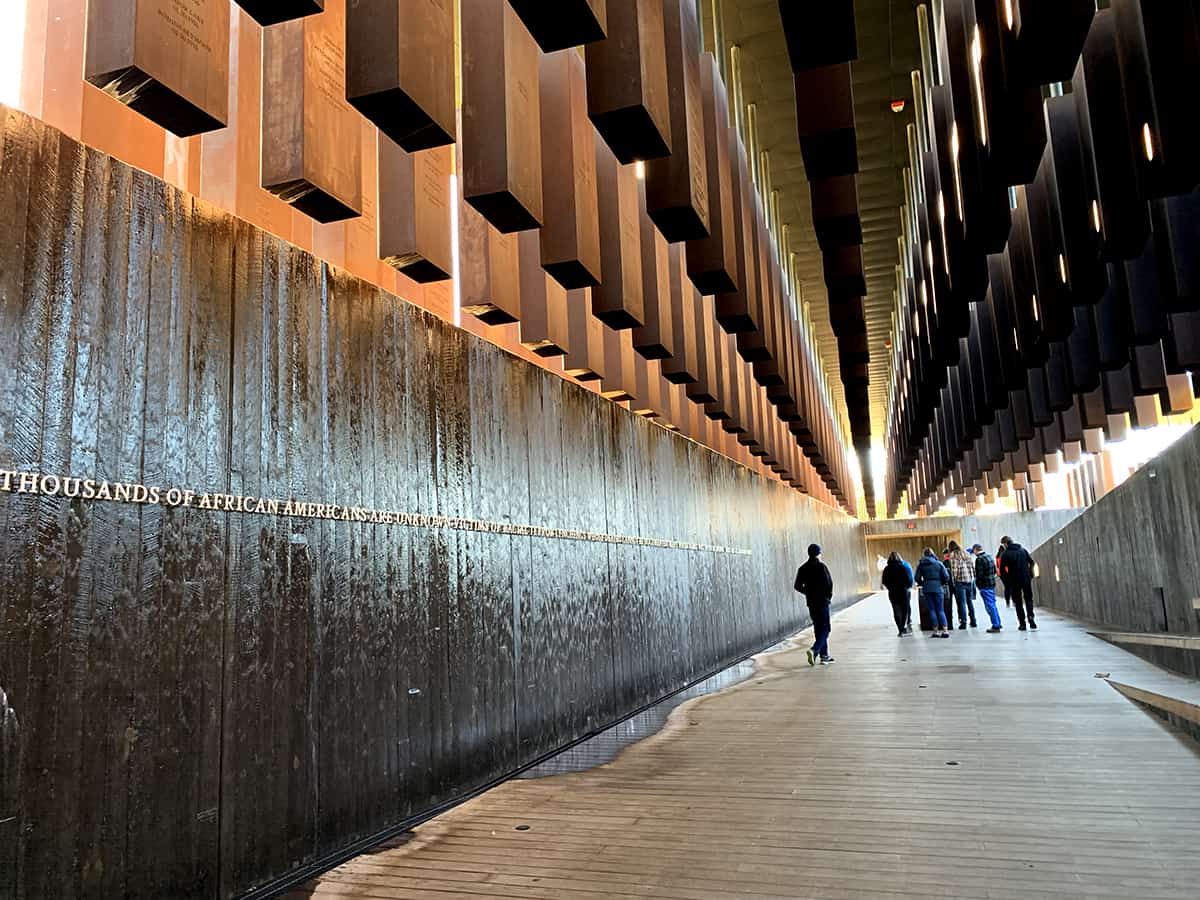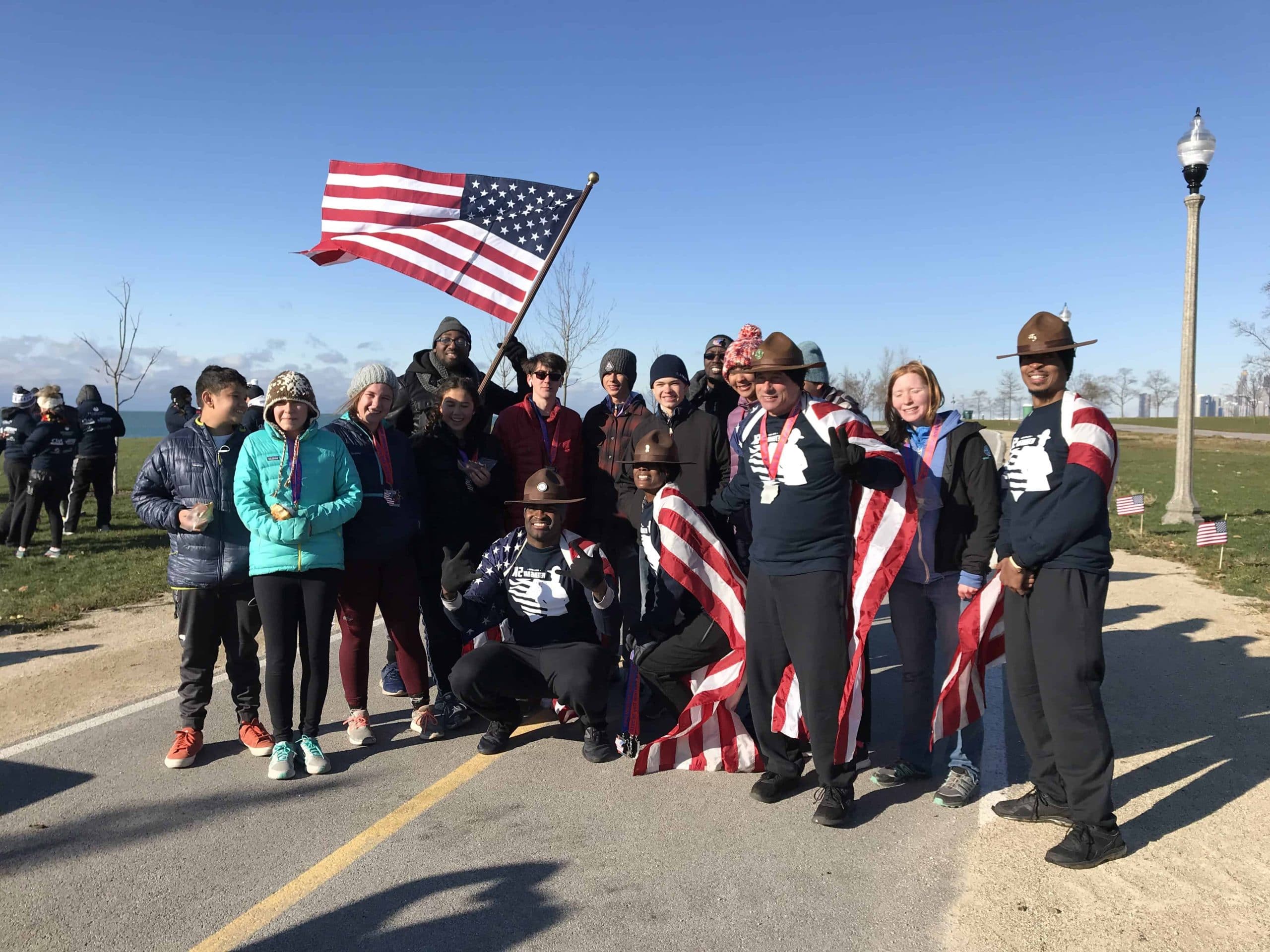Marching from Selma to Montgomery
"Students would end up walking 30-40 miles in the very footsteps of Voting Rights marchers of 1965."
It was 8:10 PM in Alabama when I found myself sitting in the parking lot of the B&J Grocery Store (poaching wifi) on Old Selma Road just outside of Montgomery. I was sending a message to the parents of the 11th-graders on our trip, letting them know that everyone was indeed “surviving and thriving” as we say at TEA. Believe it or not, everyone was already in their tents and falling asleep. On this day, the 3rd of our 6-day trip, we had walked 10-14 miles (the last 4 miles were “challenge by choice”) as we continued our march to Montgomery from Selma. And on this day, in particular, we had beautiful weather, but the night would turn out to be the toughest of the trip with heavy rain and a morning low of 25 degrees waiting for us on the other side of the storm. We were camping in state parks during the entire trip, with the students preparing all of our meals outside, regardless of the weather. The day before we had put in 10-14 miles and the next would be the final 11 miles to the steps of the state capitol building in Montgomery. By the end of the march, students would end up walking 30-40 miles in the very footsteps of Voting Rights marchers of 1965. This is what looks like to teach Academics + Character + Adventure at TEA.
Through anchor readings, expert conversations and hands-on experiences in the epicenter of the 1960s Civil Rights Movement these 11th-grade students were aiming to understand the conditions that led to the need for an organized movement towards civil rights. During this field study, the students would get to see first hand how the movement was organized, how the strategies were executed, the forces that challenged its integrity, and the major roadblocks to its success. The students examined and evaluated successes and failures of the 1960s movement and compared and contrasted it to the current climate of activism in the United States. Finally, students looked more broadly at what the positive cycles of history have been, juxtaposed with the negative cycles, and considered how THEY might play a role in moving the needle on positive change.

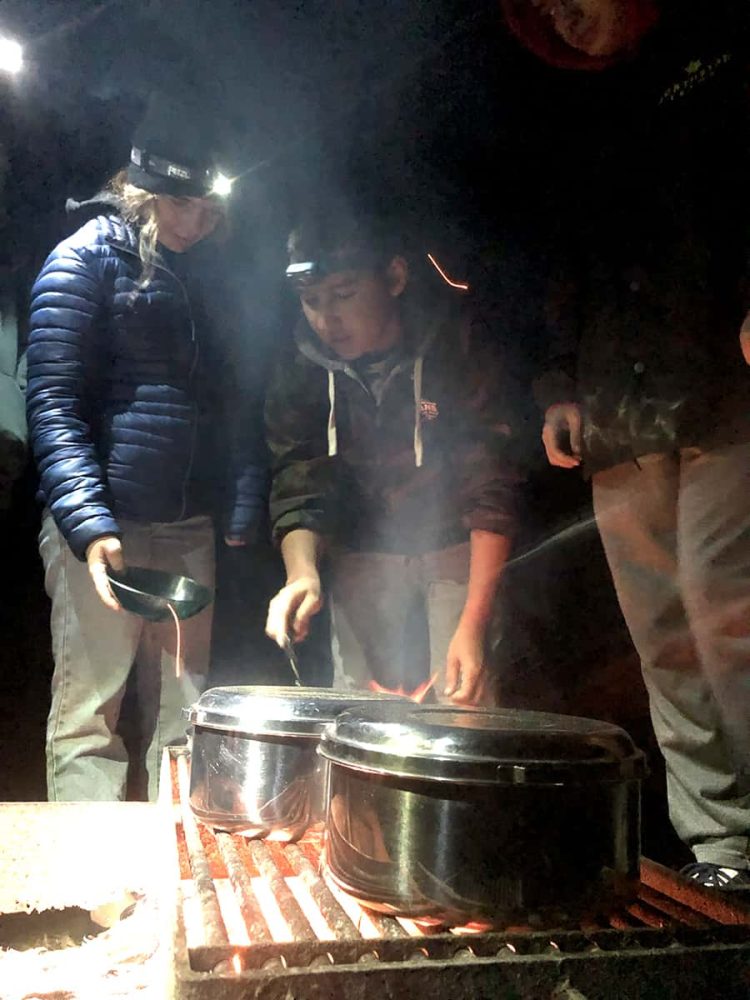
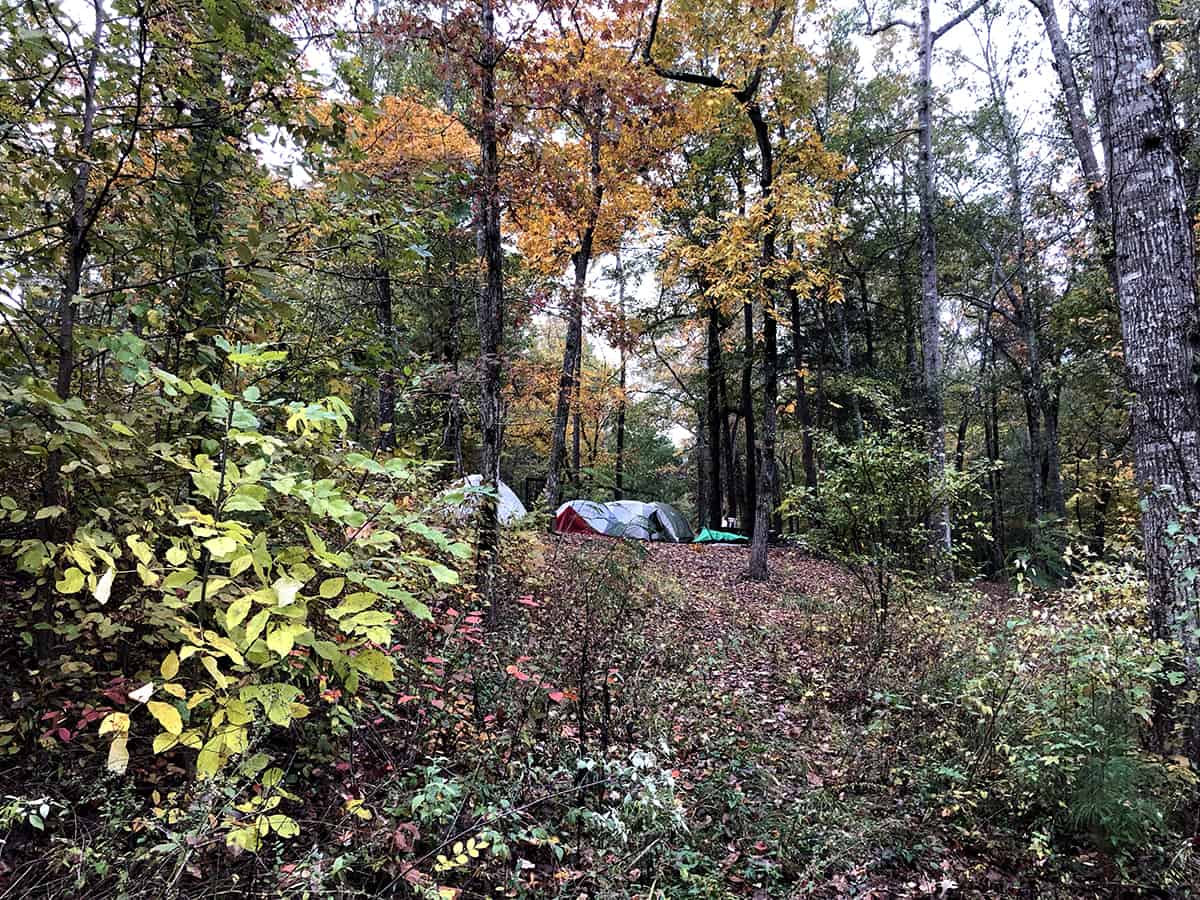
Anchor readings in the field, students cook for each other (and their guides) for the majority of our meals, and camping Alabama in the fall is beautiful...and sometimes cold.
"They must find the courage required to stand on the shoulders of the generations before them and work hard to continue the work they've done."
Leading up to our 40+ mile march from Selma to Montgomery, we had two extremely powerful days in Birmingham and Selma. In Birmingham, we spent the morning with Daniel Schwartz, Executive Director at Faith in Action in Alabama. Daniel led a discussion about civil rights activism as it continues today, stressing that dismantling racism is a multi-generational challenge. Students walked away understanding that they can’t just show up for a one-day protest. They must find the courage required to stand on the shoulders of the generations before them and work hard to continue the work that has been done.
Next, the students spent several hours in the 16th-Street Church, the Birmingham Civil Rights Institute, and Kelly Ingram Park. Many of the civil rights protest marches that took place in Birmingham during the 1960s were held in and around this neighborhood. The students saw first hand how civil rights activism often resulted in police retaliation and brutality. Through a series of self-guided tours, interactive exhibits and art installations that documented the events that had taken place, the students’ anchor readings were coming to life. The share outs that night around the campfire were remarkable. It was a big first day for all of us.
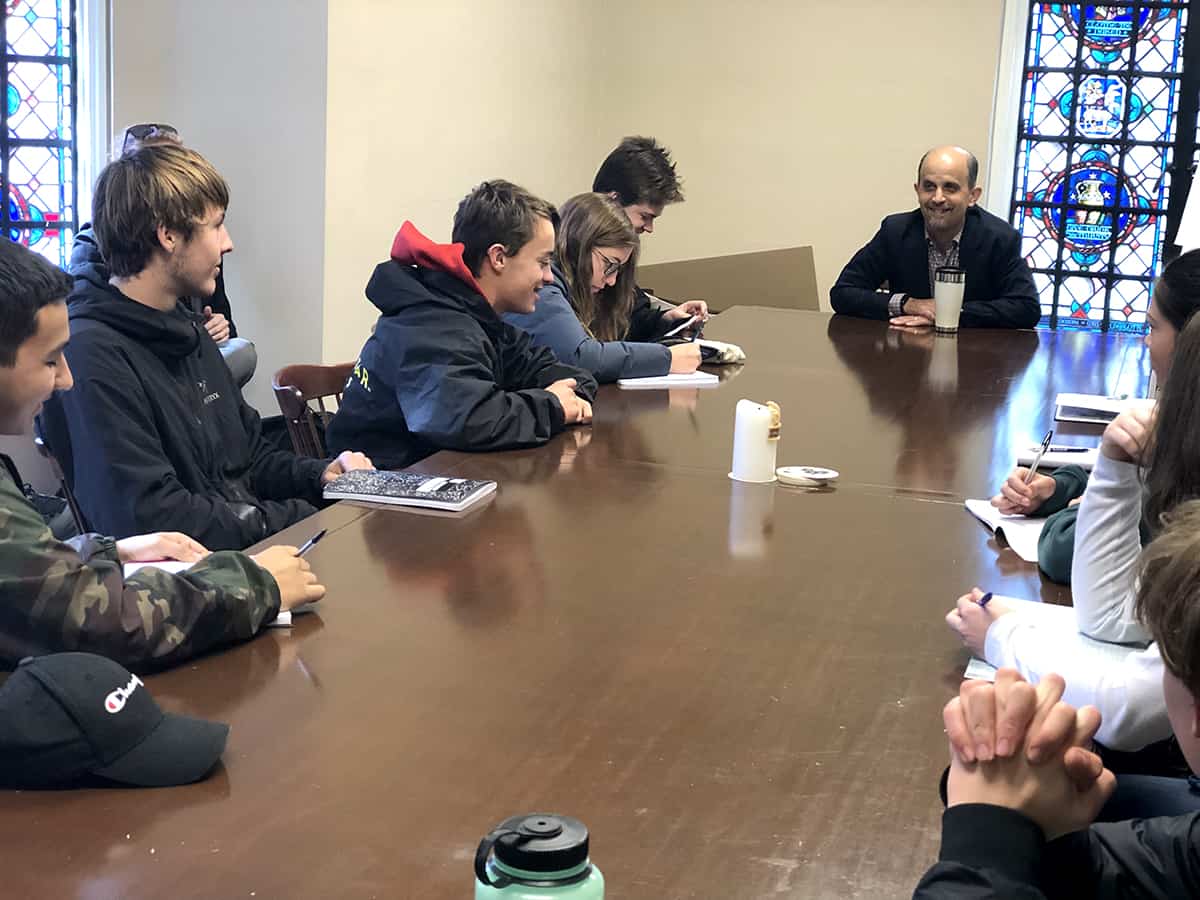

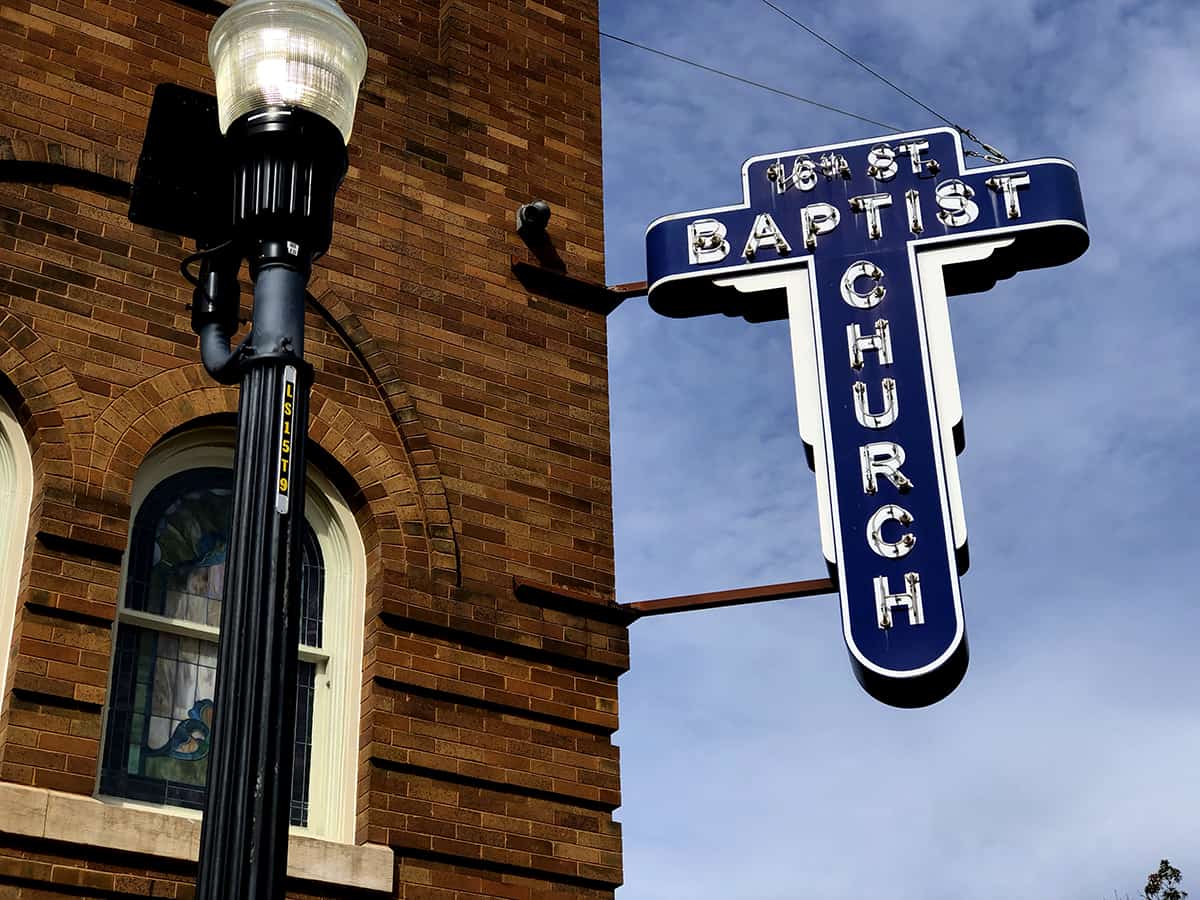
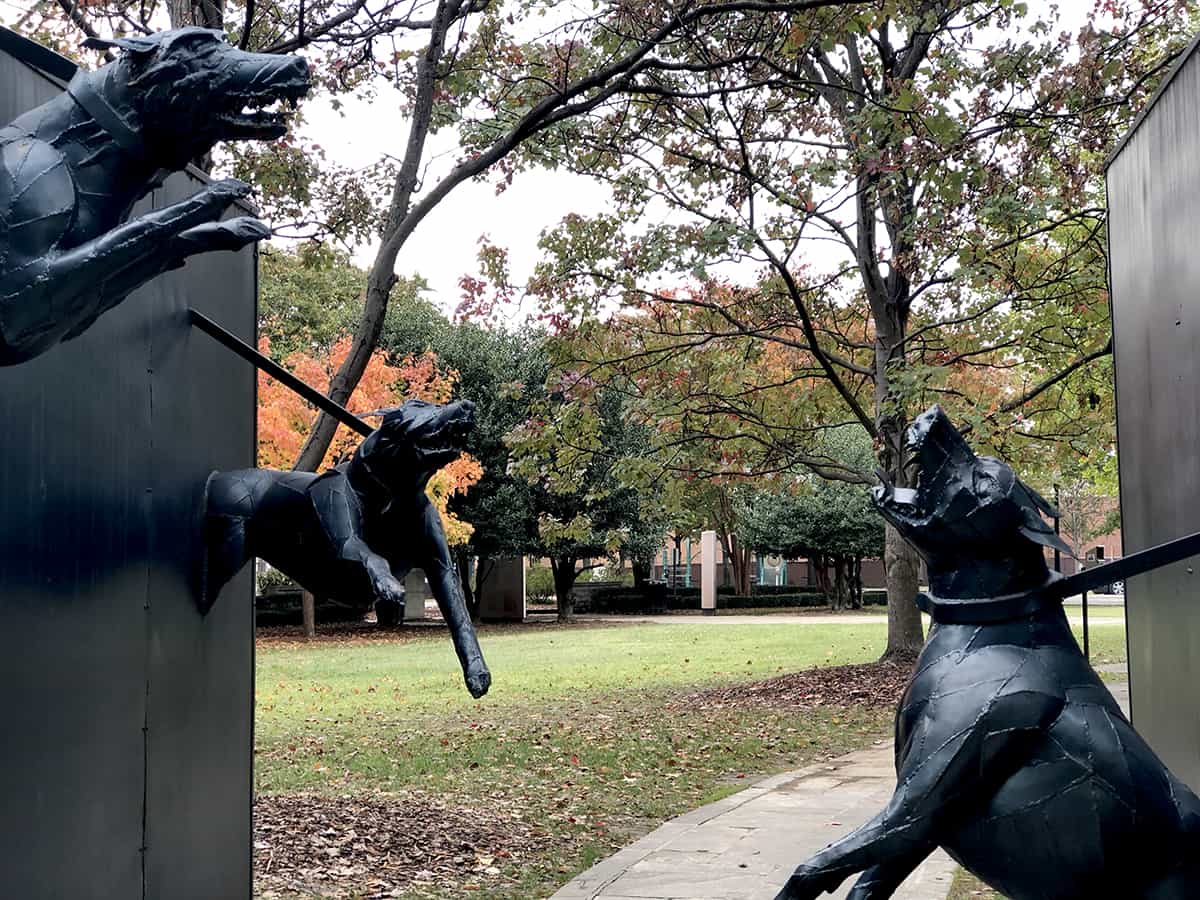
Daniel Schwartz, Executive Director of Faith in Action Alabama., inside/outside of the 16th Street Church, one of the powerful sculptures in Kelley Ingram Park.
"She decided that it was her duty to ensure that her voice was one of the many that were heard to create equality and voting rights for African Americans."
The following day (now Saturday) we had traveled to Selma to meet with JoAnne Bland. During her lifetime, JoAnne has been both a witness and a participant in some of our nation’s most consequential civil rights battles. In the early 60’s she began her activism with the SNCC (The Student Non-Violent Coordinating Committee) organizing herself along with other children and teens in her neighborhood and area to participate in the Civil Rights Movement.
Born and raised in Selma, Alabama, JoAnne has seen first hand how racism and segregation created a deadly divide. She decided that it was her duty to ensure that her voice was one of the many that were heard to create equality and voting rights for African Americans. JoAnne took us on a 4-hour tour of Selma and shared her personal recollections of Bloody Sunday, Turn Around Tuesday, and ultimately the Selma to Montgomery march that led to the signing of the Voting Rights Act. This was the day before we’d set off on our own march. It set one heck of a tone.


Students interviewing JoAnne for their podcast, taking the first steps of their walk to Montgomery across the Edmund Pettus Bridge.
Through rained out tents, sub-freezing temperatures, blisters on top of blisters, and an increasing sense of the weight that the Voting Rights marchers of 1965 carried with them, these kids proudly marched into Montgomery on a Tuesday afternoon after 3 days of marching. They bounded up the steps of the capitol building, where MLK addressed 25,000 people 54 years ago, to listen to that very speech (embedded below), and reflected on how our understanding of the social forces of history burdens us with a responsibility to engage in being, in Ms. JoAnne Bland’s words, ‘History Makers’ today.

After a well earned, but chilly, nights’ sleep, we all refueled with a Southern breakfast to spend our last day touring the State Capitol building, the first White House of the Confederacy, the Legacy Museum, the National Memorial for Peace and Justice.
Finally, the students participated in a facilitated public discussion on how we can engage in positive change toward equality and justice in our own communities.
To top off what was a truly enlightening and moving fieldwork experience, we treated ourselves to the purported ‘best fried chicken in Alabama’ at Martin’s restaurant. The students rated it 9 out of 10, would definitely go again.
On the trip home, students began their work of telling the story of their findings in the form of a podcast script, grappling with what they feel is the appropriate call to action that they hold themselves to, in order to acknowledge the injustices in their own community. Their podcasts will be done in time for an entry into a National Public Radio podcast competition for teens. Let’s hope they do well so their findings can be spread far and wide.
On behalf of other guides on this trip, Laura Quarin and Josh Hill, I’d like to thank our parents for their growth mindset as we take their children on these experiences specifically designed to push them out of their comfort zones. Thank you for trusting us with your respectful, curious, enthusiastic, reflective and resilient kids. We couldn’t be more proud of their perseverance through the physical, intellectual and emotional challenges that were thrown at them.
Words by Greg Wright and Laura Quarin
Photos by the students on the trip
